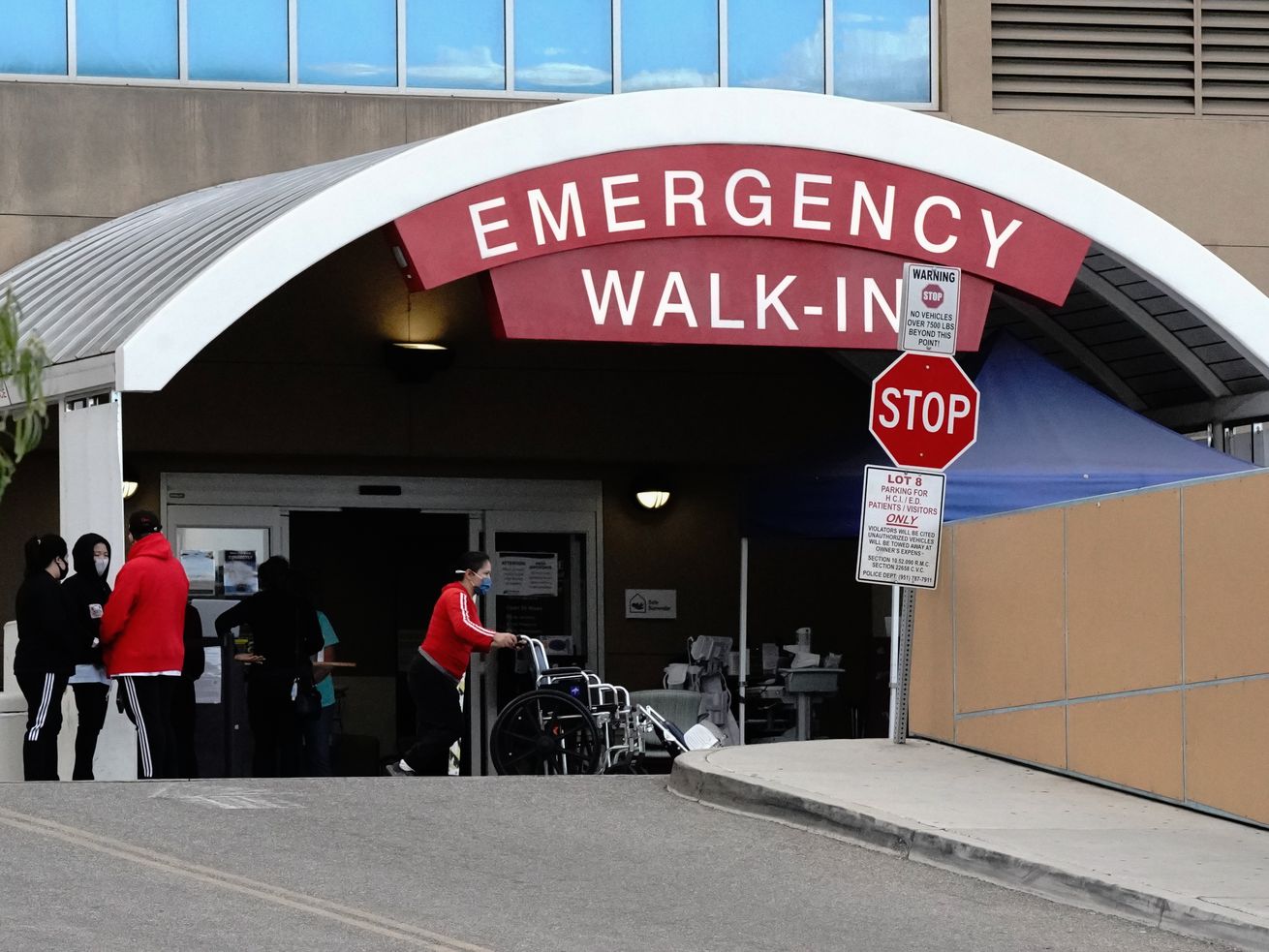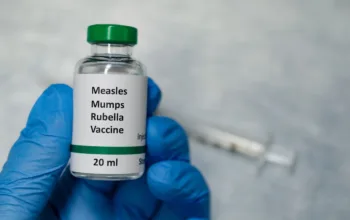Plans like United Healthcare say it’s necessary to contain health care costs. Experts say it’s the wrong approach.
United Healthcare, the largest insurer in the US, recently announced a new policy it said would help hold down health care costs: It would review claims for emergency department care, opening up the possibility that the company might deny coverage if a patient’s medical needs were not actually an emergency.
After outcry from doctors and patients, the insurer said it would delay implementation until the Covid-19 pandemic has passed — but it still plans to institute the policy eventually.
United Healthcare framed the maneuver as a way to contain costs, as the New York Times reported. But there are problems with that idea, according to the half dozen health policy experts I spoke to. It’s not clear emergency room misuse is actually a rampant problem. And even if some patients do unnecessarily visit the ER, United’s new policy risks discouraging people from seeking necessary care without any guarantee that it will actually bring down costs.
“Too blunt and the wrong problem” is how Tom Tsai, a health policy researcher at Harvard University and a surgeon at Brigham and Women’s Hospital, succinctly put it to me.
“We shouldn’t reduce emergency department visits because we expect to save money,” Laura Burke, a physician at Beth Israel Deaconess Medical Center in Boston who has studied emergency room use, told me. “Because there is no evidence that’ll actually happen.”
The problem is not that patients overuse or misuse the emergency room, said Katherine Hempstead, senior policy adviser at the Robert Wood Johnson Foundation. Emergency department visits have actually been stable for years and, after a drop during the Covid-19 pandemic, have not yet recovered to previous levels.
If anything, the problem is the prices that hospitals charge for ER services, experts said. Those have been rising in recent years. United may be trying to send a warning on prices to providers with its new policy — “a shot across the bow,” as Hempstead put it — but in doing so, patients are being put at risk of facing huge medical bills they may struggle to pay.
“It’s not fair to patients,” she said. “It puts the patients in the middle.”
There isn’t good evidence that people overuse the ER or that cutting ER visits would save money
The first problem, according to the available research and the experts I talked to, is that reducing ER visits may not actually reduce health care spending.
The ER utilization issue is sometimes framed in the terms that United used: A hospital emergency room is a more expensive place to receive care than a primary care doctor or another outpatient setting. So if people go to the ER unnecessarily, that drives up costs for the health insurer, which then passes along those costs to everybody in the form of higher premiums. The implication is if we directed people to appropriate settings for treatment — primary care being an obvious alternative — we’ll save money.
The theory looks to be half-right. A 2017 study, which sought to encourage uninsured Virginians to visit a primary care physician instead of the ER, found that there was a modest reduction in non-urgent visits to the emergency department with patients who received the study’s financial incentive.
However, the researchers wrote, “total costs did not decline because any savings from avoiding the emergency department were offset by increased outpatient utilization.”
A 2019 op-ed in JAMA, authored by three academics from Harvard and Mass General, reviewed the relevant literature on investing more money in primary care to cut costs elsewhere and reached largely the same conclusion.
Shifting care from the emergency room to outpatient settings may have real clinical benefits for patients — the evidence is robust that early medical interventions, in primary and specialist care, lead to better outcomes — but it won’t necessarily save money. People might get more outpatient care and, on top of that, hospitals will charge what they must to cover the cost of operating an emergency department.
“From a system perspective, there are not a lot of savings from reducing avoidable emergency department use,” Joel Cantor, a Rutgers University professor who has studied the issue, told me. “EDs have very fixed costs. They have to be open 24/7.”
So there might be some emergency room overuse happening, but it’s not actually clear how much. Patients already have strong incentives — in the form of high deductibles and other cost-sharing — to avoid the ER if they can.
“It’s an easy story to think of the ED as this extra waste in the health care system,” Tsai said. “Realistically, the ED is just an entry point. It’s become the lobby for the health care system.”
For starters, primary care doctors are often the ones who send their patients to the emergency room. Some number of those ER patients will end up admitted to the hospital for inpatient care. That is the system working as it should.
Instead, the problem can start before a patient ever steps into the ER. Cantor told me he views emergency service overuse as a symptom of other access issues. People who end up going to the ER for non-urgent care may not have a primary care doctor at all. Or they might not be able to find a specialist who will take their health plan. (This is a problem for Medicaid patients in particular.)
“The emergency room is maybe their only place to get timely specialist care,” he said. “The irresponsibility hypothesis is overblown.”
Moreover, a policy like United Healthcare’s puts the onus on patients to figure out whether they’re having an emergency. (The same objections were raised when Anthem announced it would institute a similar policy two years ago; that policy is currently tied up in litigation.)
Chest pain could be indigestion or a heart attack — most laypeople are not going to know which. While the health insurer said it would account for the symptoms that drove a patient to go to the ER in reviewing claims, the mere existence of such a policy may discourage people from seeking care. A recent study of what happens when people are moved into high-deductible health plans found that ER use did decline — but so did later admissions for serious health attacks.
“It puts patients in the position of having to judge whether or not they’re having an emergency,” Burke said, “and we know that is going to be potentially fraught with error.”
The problem is hospitals have been hiking their prices for emergency services
Every expert I spoke to was sympathetic to the goal of reducing health care costs. But considering the poor evidence that cutting ER use would actually achieve that goal, and the possibility that people would skip necessary care rather than risk being denied coverage, nobody seemed to think United Healthcare’s plan was the right approach.
In general, Americans don’t actually use more health care than people in other countries that spend less money collectively on health care than the US does. The difference is in the prices that US health insurers have to pay for health care services, versus insurers — public or private — in the rest of the world where medical prices are more directly regulated.
The pattern holds for emergency care specifically. A recent government report concluded that the rate of ER visits was stable from 2009 to 2018, the last year for which full data was available.
But costs to insurers have still been increasing — because the prices charged by hospitals keep going up.
“Estimates indicate that almost all spending growth for emergency room services reimbursed by commercial insurers in recent years has been driven by price increases, particularly for high-severity conditions, as opposed to utilization growth,” the authors of that federal report wrote.
Recent news reports have highlighted questionable ER billing practices on the part of hospitals. Kaiser Health News reported on HCA Healthcare, the largest for-profit hospital chain in the country, and its strategy of setting up more trauma centers and then charging enormous “activation” fees (as much as $50,000) to increase its revenue.
With that in mind, Hempstead said she interpreted United Healthcare’s move as a warning to providers: Keep jacking up prices and we’ll make your life difficult by vetting the claims.
But it is also putting patients in the middle of a long-running war between providers and insurers.
“It’s a price problem,” Tsai said. “We always keep dancing around the edges and trying to fiddle with utilization because it’s hard to fix the prices.”
Author: Dylan Scott
Read More



